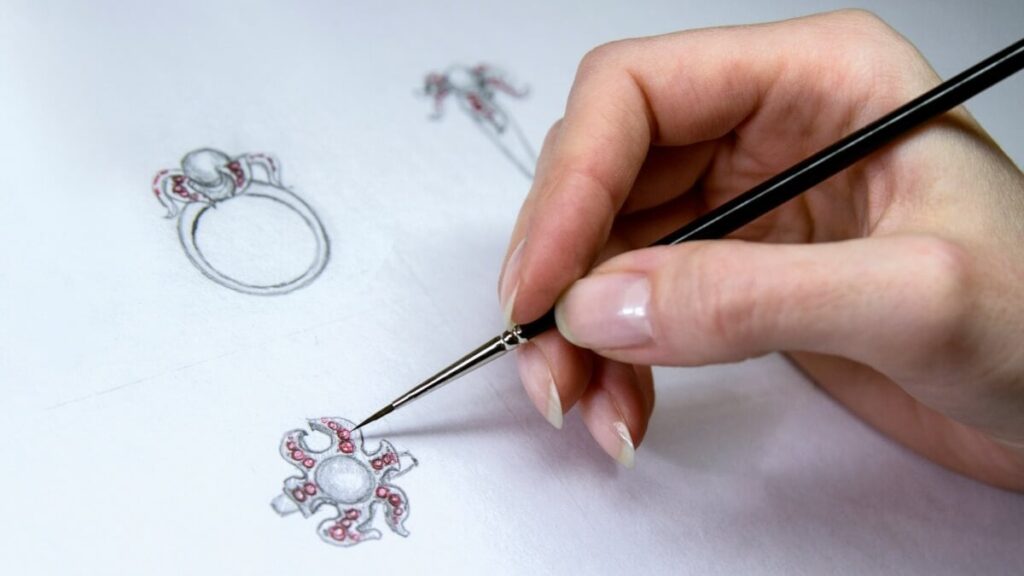Here’s an overview of the history of diamond jewellery manufacturing in the UK:
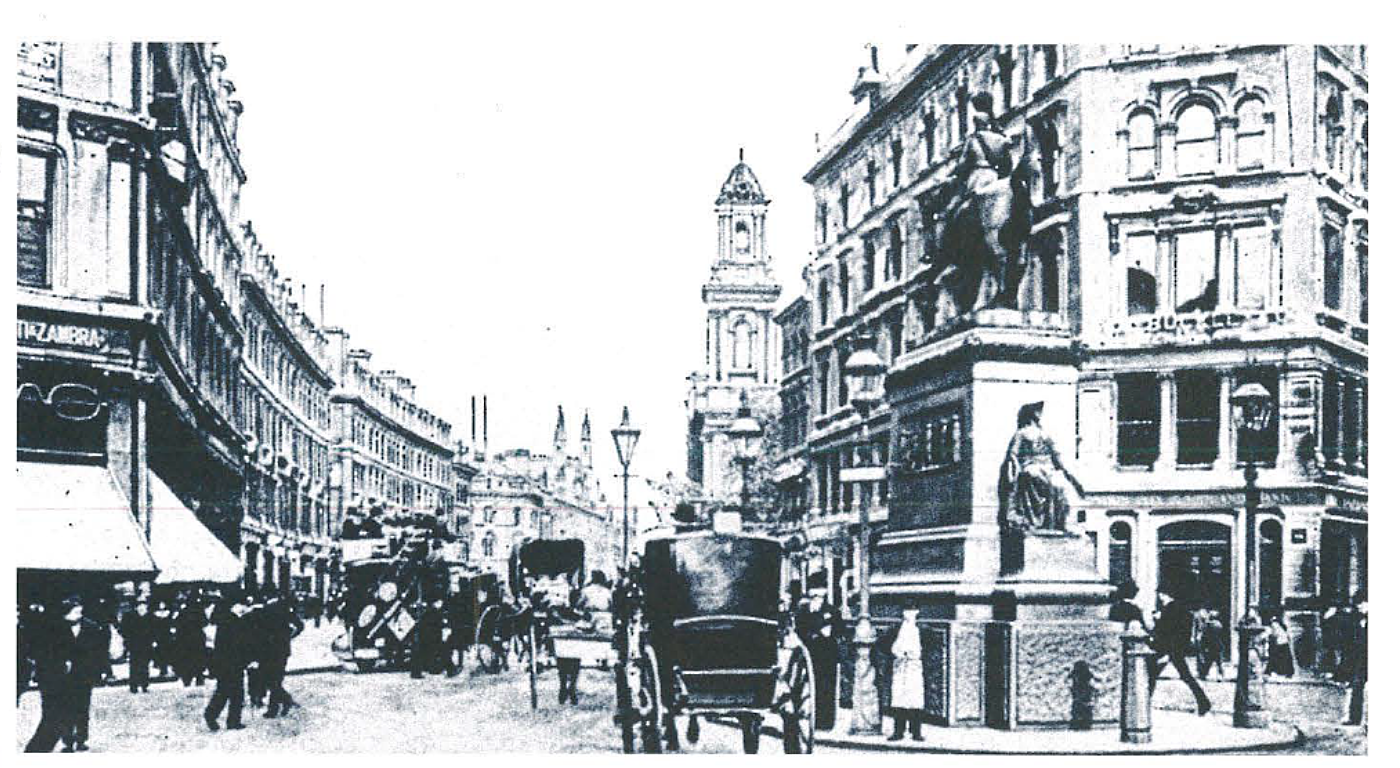
Early Beginnings (16th–17th Century)
- Diamonds first appeared in England during the Tudor period, largely imported through trade routes from India.
- Wealthy nobles commissioned goldsmiths and lapidaries in London to mount diamonds in rings, pendants, and crowns.
- The Crown Jewels in the Tower of London—such as the Star of Africa (Cullinan diamond, set in 1908) and the Koh-i-Noor—are iconic examples of diamond craftsmanship associated with Britain, though many stones were sourced abroad.
- By the late 17th century, London had established itself as a centre for luxury jewellery making, though much of the cutting and polishing was still carried out in Antwerp or Amsterdam.

18th Century – Growth of Trade
- The discovery of diamonds in Brazil (1720s) increased supply, making diamonds more accessible beyond royalty and aristocracy.
- London jewellers began incorporating diamonds into more refined designs, often combined with coloured gemstones.
- Manufacturing was small-scale, done by master goldsmiths and silversmiths with workshops clustered around areas like Cheapside.
- Jewellery became a statement of wealth during the Georgian era, with diamond parures (matching sets) in high demand.
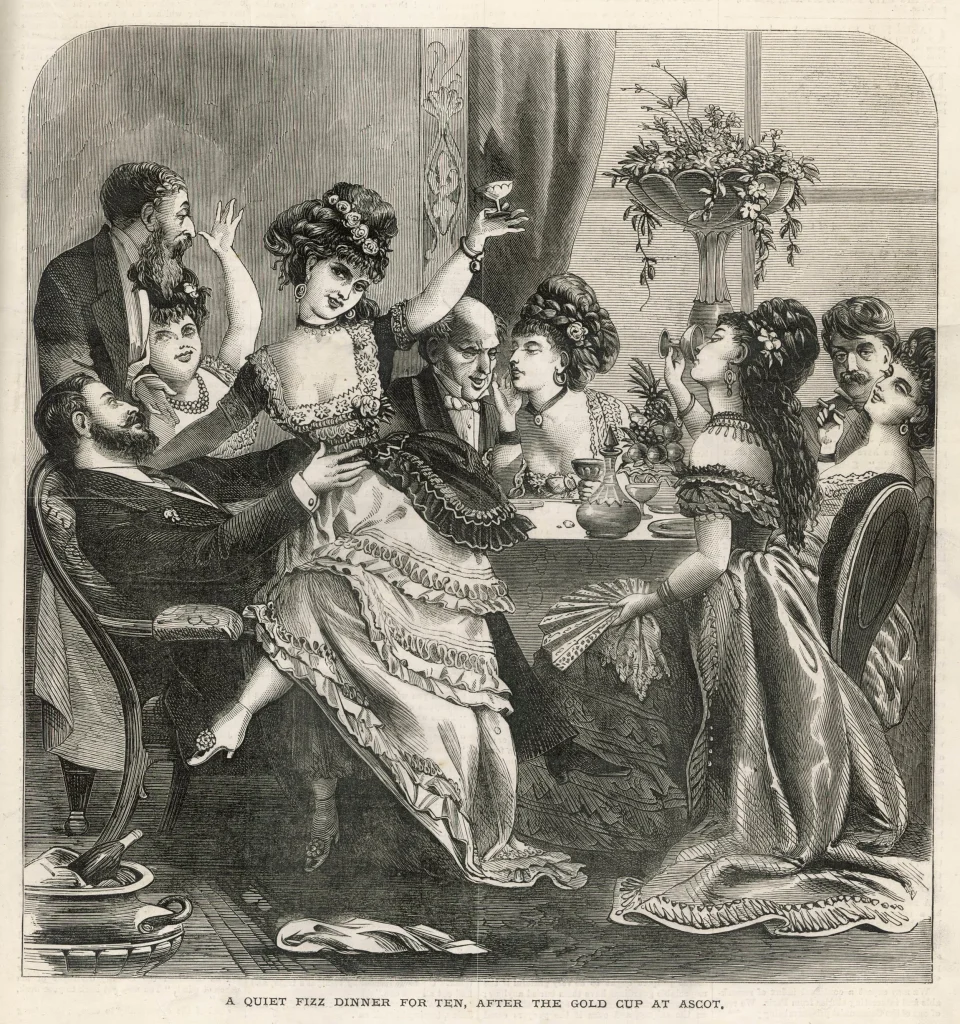
19th Century – The Industrial and Victorian Era
- The Industrial Revolution transformed jewellery manufacturing. New technologies like steam power and precision cutting tools allowed for greater production.
- The discovery of South African diamonds in the late 1860s drastically increased availability, making diamond jewellery more mainstream.
- London, Birmingham, and later Manchester became important jewellery centres.
- The Victorian love for symbolism saw diamonds used in engagement rings, mourning jewellery, and romantic motifs (hearts, serpents, stars).
- Hatton Garden in London developed as the UK’s primary jewellery district during this time, housing diamond dealers, cutters, and manufacturers.
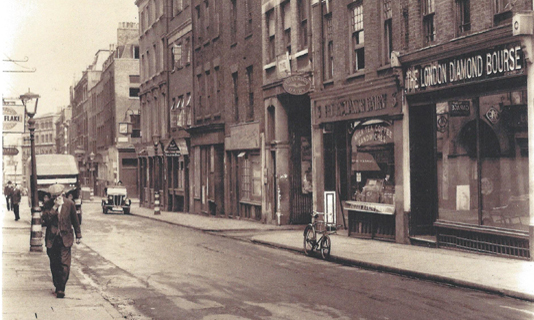
20th Century – Consolidation of Craft and Industry
- Birmingham’s Jewellery Quarter became a hub for large-scale manufacturing, producing both fine and commercial jewellery.
- London’s Hatton Garden solidified its reputation as the UK’s centre for diamond trading and bespoke manufacturing, particularly in the early 1900s.
- During the Art Deco period (1920s–1930s), UK jewellers produced bold, geometric diamond designs influenced by Parisian trends.
- World War II disrupted the industry, but postwar prosperity reignited demand for engagement rings, often centred on diamonds thanks to De Beers’ global “A Diamond is Forever” campaign (1947), which had a huge influence on UK consumer culture.
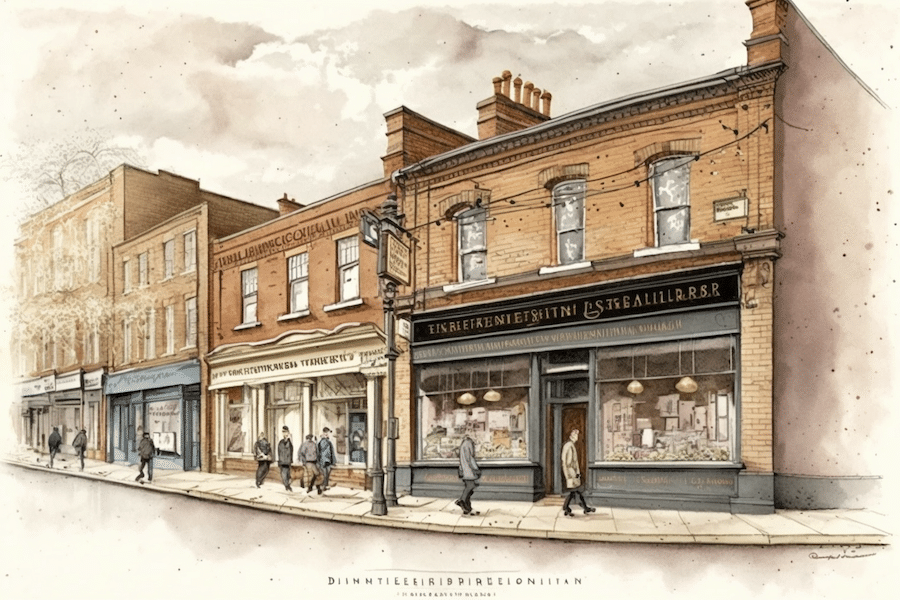
Late 20th Century – Globalisation
- By the 1970s–1990s, the UK’s jewellery sector faced competition from lower-cost overseas manufacturers.
- Many large manufacturers moved production abroad, while the UK focused increasingly on design, craftsmanship, and luxury branding.
- Bespoke workshops in London and Birmingham maintained their reputations for high-end custom diamond jewellery.
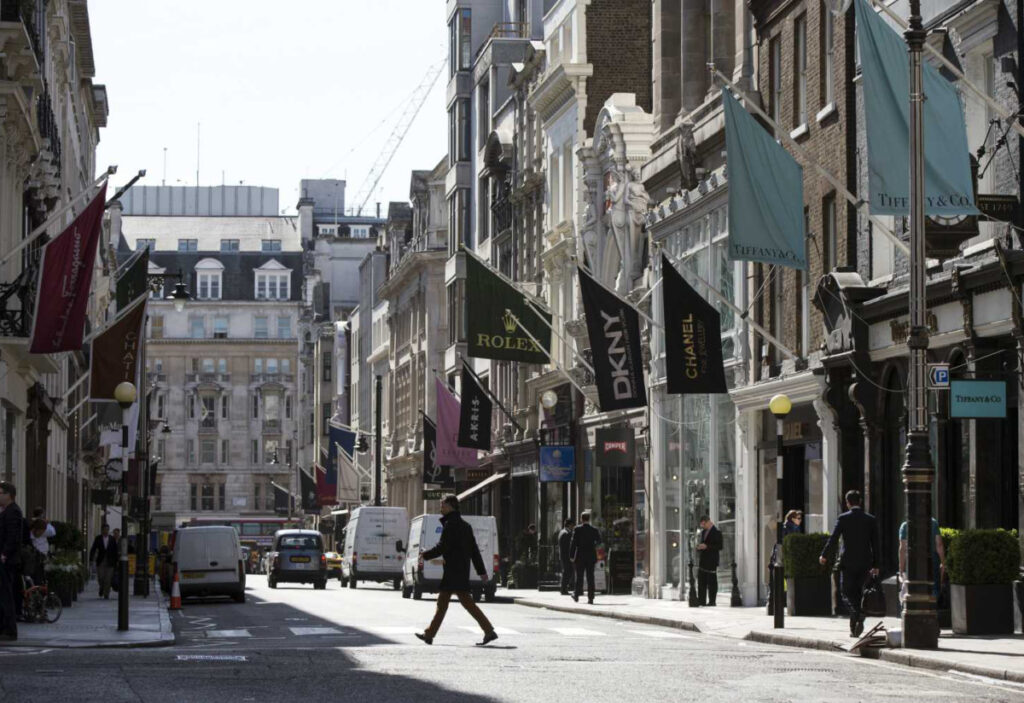
21st Century – Modern UK Diamond Jewellery Manufacturing
- The UK diamond industry today is concentrated in:
- Hatton Garden, London – known for bespoke jewellery houses, diamond merchants, and master setters.
- Birmingham’s Jewellery Quarter – still home to over 800 businesses, a mix of traditional workshops and modern designers.
- Emphasis has shifted towards heritage, craftsmanship, and ethical sourcing to appeal to modern consumers.
- UK jewellers are embracing lab-grown diamonds, CAD/CAM technology, and sustainable practices while preserving traditional skills like hand-setting and engraving.
- The industry remains small compared to global manufacturing hubs (India, China, Thailand), but the UK maintains a strong position in luxury, bespoke, and heritage jewellery making.
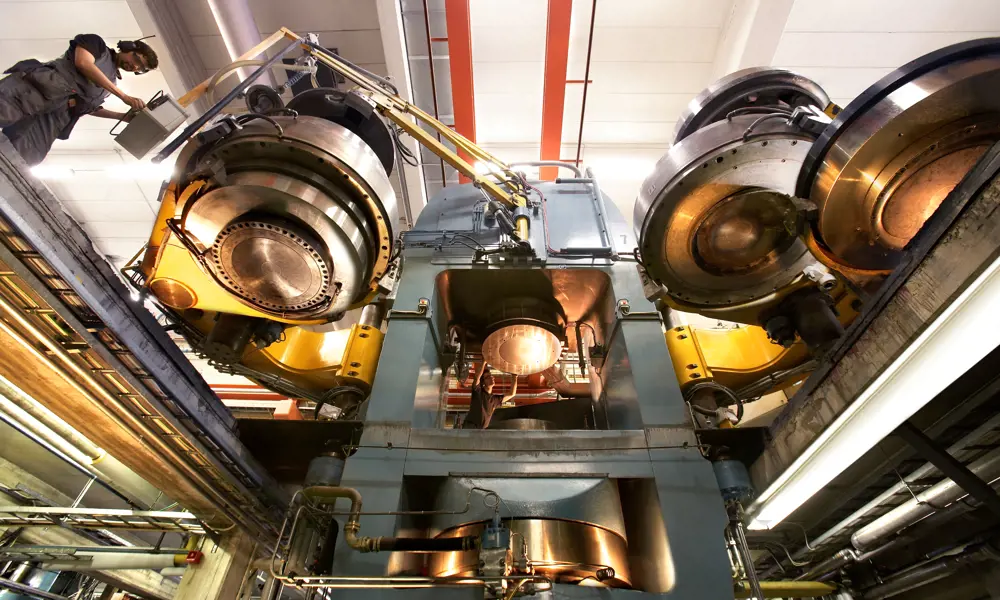
✅ In short:
The UK never dominated diamond cutting like Antwerp or India, but it became a world-renowned hub for jewellery design, manufacturing, and diamond setting, with London’s Hatton Garden and Birmingham’s Jewellery Quarter at its heart. Its legacy blends centuries-old craftsmanship with modern innovation.
